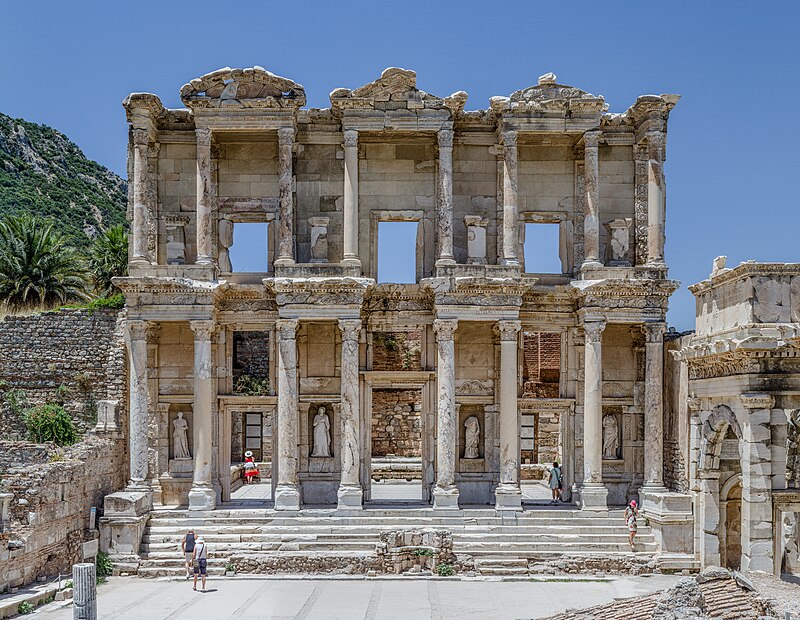
St. Barbara in her tower by Robert Campin, 1438AD.
Today is the feast day of St. Barbara, Virgin and Martyr, who was thought to have been martyred at Nicomedia around 235AD.
Not much is known with certainty about St. Barbara, aside from her sanctity, conversion, and eventual martyrdom at the hands of her wicked pagan father Dioscurus. She was thought to have been imprisoned in a tower by her father, a tower that by her remodeling gave honor to the Holy Trinity. In his rage over his daughter's conversion, Dioscurus slew his daughter and immediately afterwards was struck by lightening himself -- instantly killing the heathen.
For this reason, St. Barbara is a patron saint again lightening, fire, and sudden death; and one of the traditional Fourteen Holy Helpers. By extension, she is the patroness of miners, builders, and, of course, artillerists. Most anyone who works with explosives or the possibility of sudden death,or who could use the accuracy of the lightening strike that fried Diocurus, should count St. Barbara as an intercessor!
Here are a couple sources with more on St. Barbara:
Old Catholic Encyclopedia: St. Barbara
Fisheaters: Feast of St. Barbara
To this day, members of that venerable branch of the Army and Marine Corps, the Artillery, recall the patronage of St. Barbara. We might note, as well, the Order of St. Barbara, a military honor society for those who are a part of the artillery. Here is the US Field Artillery Association webpage that features the awards of the Order of St. Barbara: USFAA awards
Here is an account of St. Barbara done by some Marines! 1st Marine Division, 11th Regiment: St. Barbara
Live well!





